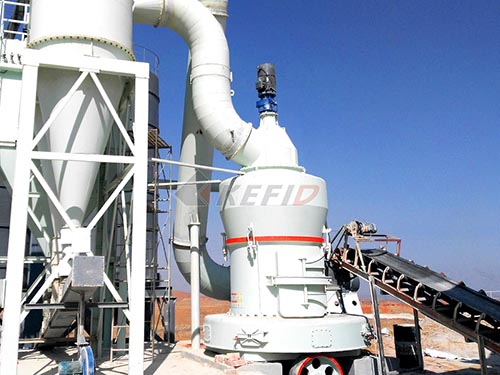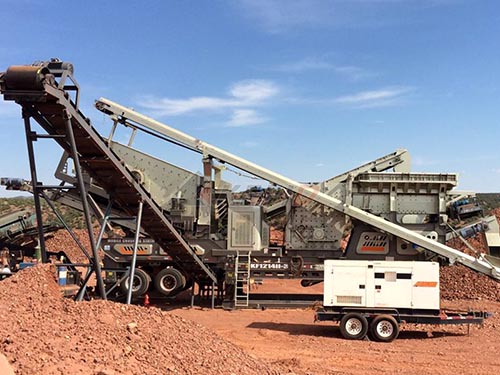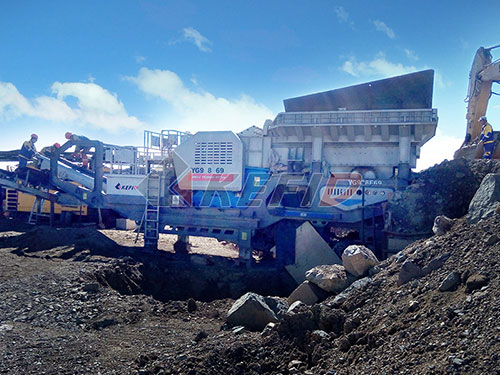Demolition Crushing in Mankato: Transforming Rubble into Regional Renewal
Mankato, Minnesota – a city steeped in history along the bends of the Minnesota River – embodies the dynamic tension between preserving its heritage and embracing necessary growth. As structures age beyond repair, facilities become obsolete, or urban landscapes require revitalization, the inevitable process of demolition arises. Yet, within the controlled chaos of tearing down lies a powerful opportunity for rebirth: demolition crushing. Far more than mere destruction, this sophisticated process is reshaping Mankato’s physical environment and contributing significantly to its sustainable future by transforming waste into invaluable resources.
The Inevitable Pile: Confronting Demolition Waste

Every demolition project generates staggering volumes of debris – concrete foundations crumble into chunks; bricks separate from mortar; asphalt paving fractures; structural steel emerges twisted but reusable; wood splinters amidst non-salvageable materials like drywall and insulation. Traditionally, much of this material ended up buried in landfills – a costly solution demanding valuable land space and representing a significant waste of potential resources. For growing communities like Mankato and its surrounding Blue Earth County region facing development pressures while managing environmental responsibilities responsibly finding alternatives became imperative.

Enter the Mobile Crusher: Technology on Site
This is where modern demolition crushing operations become essential partners in progress. Unlike fixed facilities requiring material transportation to them, state-of-the-art mobile crushing plants are brought directly to the demolition site itself in Mankato or nearby communities like North Mankato, Eagle Lake, or St. Peter.
Imagine powerful machinery arriving on trailers:
1. Primary Crusher: Often a robust jaw crusher acts as the initial workhorse. Massive hydraulic jaws exert incredible force (hundreds to thousands of tons), reducing large concrete slabs and structural elements into manageable chunks typically 6 inches or smaller.
2. Secondary Crusher: An impactor or cone crusher takes these chunks further down in size through high-speed impacts or compression between rotating cones.
3. Screening: Vibrating screens act as meticulous sorters separating crushed material by size fractions – producing clean aggregates ranging from coarse road base materials down to finer sands.
4. Magnet Systems: Powerful overhead magnets efficiently extract ferrous metals (rebar, structural steel) from the crushed stream for immediate recycling.
5. Advanced Sorting: Increasingly sophisticated systems employ techniques like air separation to remove lighter contaminants (wood fragments) or optical sorting for non-ferrous

Leave a Reply